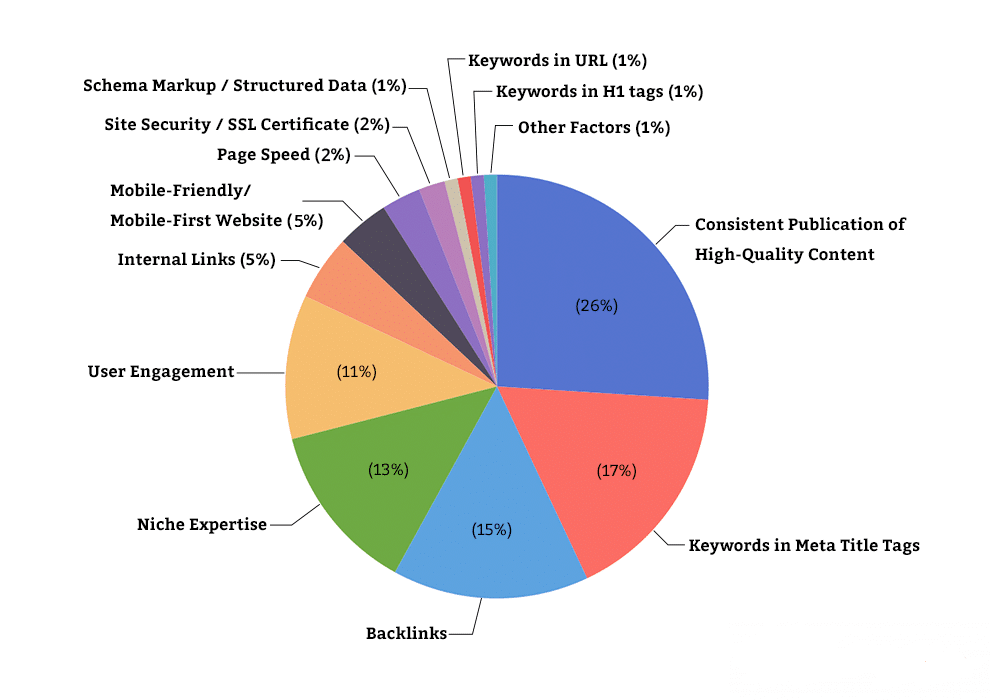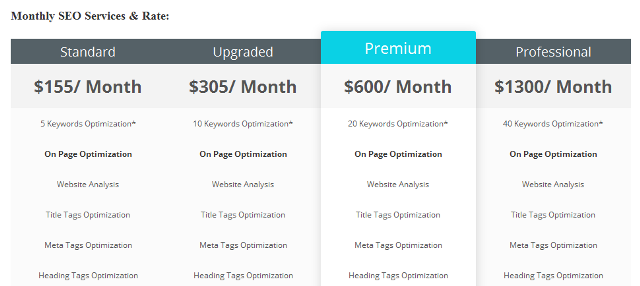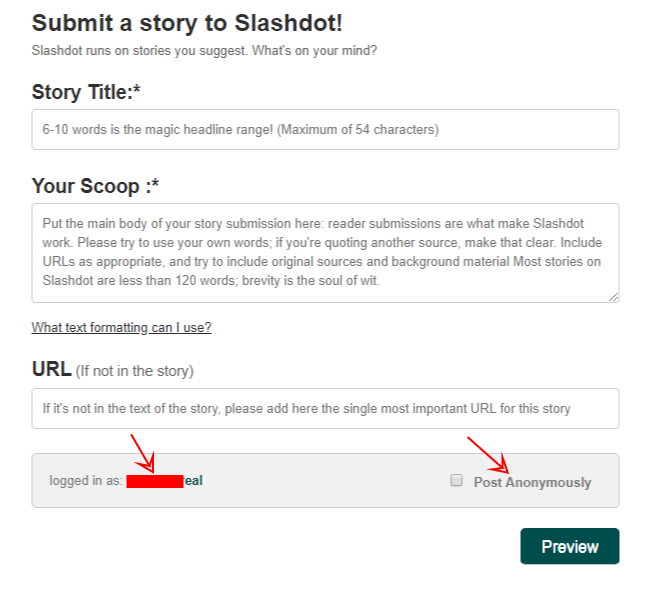Google is a powerful tool that can significantly impact your business’s success. However, not all of its features are obvious to new users. In this post, we’ll take a look at 10 Google ranking factors that you may or may not have heard of before and how they affect your search engine optimization strategy.
Google Ranking Factors are:
1. Backlinks
Backlinks are the cornerstone of SEO. They’re the most important ranking factor, and they’re also the only way to get a higher search ranking.
One misconception about backlinks is that quality is more important than quantity. This isn’t true! The number of backlinks you have is more important than their quality—in fact, if you have 1 link from an authoritative website, it’s better than 10 high-quality links from low-authority websites or blogs.
2. Keywords
Google uses keywords to determine the relevancy of your website to search queries. Keyword research is a complicated process, but there are tools and tips for finding the best keywords for your site. Some things you should know about keyword optimization:
- Keyword density is how many times you use a word on a webpage divided by how many times that word appears in the content of that page. This can be helpful when creating landing pages or sales pages, where you have an opportunity to include certain phrases more often than others. However, don’t go overboard with this—if your site reads like an advertisement instead of an actual website, Google will penalize you for it!
- Keyword placement refers not only where in your content you place these words but also where they appear on your page (top-of-the-fold vs. bottom). For example, if someone searches “how do I make money fast?” then they probably want to see results related directly with that phrase first before anything else gets displayed; therefore placing those words at top-of-the fold will give them what they want faster than simply listing them after other similar terms such as “pawn shop” or “money laundering.”
3. User Experience
One of the most important factors in Google ranking is user experience.
Google wants to show users the best possible results. If they were just going on how popular a website was, then they would show you websites with lots of backlinks and social media followers, even if their content sucked. That would be good for their business, but terrible for yours!
That’s why Google ranks sites based on which ones give you the best experience when you visit them—even if that means dropping some of their own products down in the search rankings!
4. SSL certificate
An SSL certificate is a digital certificate that allows you to secure your website and encrypt data between the server and users’ browsers. It prevents eavesdropping, connection hijacking, message forgery, and other forms of man-in-the-middle attacks. Here are some benefits of using an SSL certificate:
- Enhanced customer trust — Customers will feel more secure when they see the padlock icon in their browser’s address bar. This is especially true if you run an ecommerce site where customers submit sensitive information through contact forms or shopping carts.
- Increased conversions — The padlock icon is one of many signals that indicate credibility on websites; it makes visitors feel safe about giving away their personal information. In fact, research shows that sites with HTTPS/SSL encryption have higher conversion rates than those without (up to 30%!).
5. Mobile-friendliness
If you are creating a website, it is important to know that Google has high standards when it comes to mobile-friendliness. In fact, they have made it clear that websites need to be mobile-friendly in order to rank well in SERPs on both desktop and mobile devices.
What does this mean? The biggest difference between a laptop and smartphone is the size of their screens. So if your site looks good on one but not the other, Google will punish your rankings for being “unfriendly” (which is a technical term for “bad design”).
This seems like common sense, but many websites aren’t optimized for mobile devices because some designers don’t think about how users might view their sites differently depending on what screen size they’re using or device type (Android vs Apple). This can result in poor user experience and therefore lower rankings from Google!
6. Design and user interface
It is important to note that design and user interface are two different things. Design is about the look and feel of your site, whereas UI is about the usability of your website.
These have both been proven to be very important ranking factors for Google, so it’s no surprise that they will affect SEO rankings too.
A good user experience can make or break a website, especially with today’s online shoppers who expect websites to load quickly and easily navigate through them. If they don’t find what they want on your site easily, they’ll leave after just a few seconds—and there goes any chance of conversion!
7. Loading speed
Google is placing a huge emphasis on page loading speed, and it’s understandable why. A web page that takes too long to load will frustrate visitors and lead them to give up on your site. This can result in lost sales or worse: an exodus of potential customers.
So how do you know if your website’s loading speed needs improvement? Google has created a free tool called Lighthouse that allows you to analyze any site (including yours) for technical issues. It will tell you not only how fast or slow your pages are loading but also what can be done to improve them—and all without having to hire any outside consultants!
8. Internal link structure
- Internal link structure
Internal links are the links that appear on the same website. This can be used to improve SEO and user experience, as well as conversion rate. When you create internal links, it’s important to make sure that they don’t look like advertisements or spammy links.
9. Schema markup
Schema markup is a way of telling search engines what your content is about. It helps search engines understand the context of your site, and it also helps them understand the structure of your site.
Google uses schema to signal that a certain piece of content has been written by an expert in a given field. A doctor’s blog post might contain a Schema markup tag that says it was published by Dr. John Smith, M.D., Ph.D., and this will tell Google that this blog post contains medically relevant information and should rank higher in searches related to medicine than other blogs on the same topic written by non-doctors or laypeople with no medical expertise.
10. Content length and quality
This is probably not a surprise, but the length of your content matters. In fact, Google has said that they’ll give preference to websites with longer articles and pages. So, if you have a blog post that’s full of great information for your users and highly relevant to the keywords you want to rank for, make sure it’s at least 1,000 words long (and preferably more!).
If you’re writing landing pages or creating videos or podcasts or white papers or eBooks or any other type of content on your website, make sure they’re as thorough as possible and pack in all the necessary information without being overwhelming—and if there are multiple versions available (like if one includes additional resources), make sure each one has enough meat on its bones!
Conclusion
Hopefully, this list of Google ranking factors has given you a better understanding of how Google ranks websites. While it’s impossible to keep track of every factor that affects your site, it’s important that you continue optimizing based on what we know so far.












